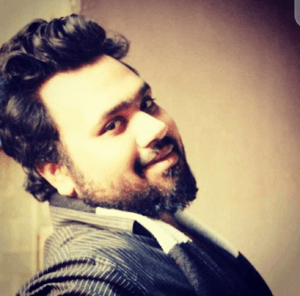Still using your phone mic to chase those Grammy dreams? It’s time for an upgrade. Whether you’re crooning in your bedroom or tracking vocals in a studio, the right microphone can turn average takes into golden ones.
We’ve reviewed 16 of the best singing microphones of 2025—spanning all budgets, genres, and vocal styles—to help you find the perfect fit for your voice. From rich tones to reliable performance, here’s everything you need to know before you step up to the mic.
Why Trust Us?
As the official blog of Hollyland—an industry-leading brand in wireless audio—we combine insights from our engineers, audio experts, and real creators. Our recommendations are based on lab tests, hands-on use, and objective comparisons with other top brands, ensuring reliable and honest advice for users.
Top Picks at a Glance
| Model | Type | Connectivity | Frequency Response | Best For | Price |
| Shure SM7B | Dynamic | XLR | 50 Hz – 20 kHz | Overall | $439 |
| ElectroVoice RE20 | Dynamic | XLR | 45 Hz – 18 kHz | Broadcast | $449 |
| Shure SM58 | Dynamic | XLR | 50 Hz – 15 kHz | Live vocals | $109 |
| RODE NT1-A | Condenser | XLR | 20 Hz – 20 kHz | Home recordings | $249 |
| Audio-Technica AT2020 | Condenser | XLR | 20 Hz – 20 kHz | Budget studios | $106 |
| Shure SM7dB | Dynamic | XLR | 50 Hz – 20 kHz | Podcasting | $549 |
| AKG C414 XLII | Condenser | XLR | 20 Hz – 20 kHz | Professional studio | $1,118 |
| AKG C214 | Condenser | XLR | 20 Hz – 20 kHz | Vocal recording | $399 |
| Aston Origin | Condenser | XLR | 20 Hz – 20 kHz | Project studios | $197 |
| Shure Beta 58A | Dynamic | XLR | 50 Hz – 16 kHz | Lead vocals | $189 |
| Neumann KMS105 | Condenser | XLR | 20 Hz – 20 kHz | Live performance | $726 |
| Telefunken M80 | Dynamic | XLR | 50 Hz – 18 kHz | Touring vocals | $239 |
| Sennheiser e 945 | Dynamic | XLR | 40 Hz – 18 kHz | Worship vocals | $199 |
| Shure PGA48 | Dynamic | XLR | 70 Hz – 15 kHz | Karaoke | $45 |
| TONOR D5 | Dynamic | XLR | 50 Hz – 16 kHz | Home singers | $36 |
| Sennheiser E 835 | Dynamic | XLR | 40 Hz – 16 kHz | Live presentations | $100 |
Note: Prices are sourced from Amazon (US) and are subject to change over time.
Best Microphones for Singing: Detailed Reviews
1. Shure SM7B — Best Choice for Studio-Ready Vocals

Shure SM7B can shape your sound with switchable bass rolloff and midrange boost, making vocals cut through or mellow out as needed. It has a built-in air-suspension shock mount that keeps handling noise out of your takes. Plus, the pop filter and close-talk windscreen help you record clean, crisp vocals without plosives—even up close.
Specifications
Polar Pattern: Cardioid
Frequency Response: 50 Hz – 20 kHz
Max SPL: N/A
Connector: XLR
Type: Dynamic
Sensitivity: –59 dBV/Pa (1.12 mV/Pa)
Pros:
- Effective noise rejection for focused vocal capture
- Very durable for heavy use
- Does not require phantom power
Cons:
- Requires a high-gain preamp or inline booster
Suitable for: Podcasters, broadcasters, streaming content creators, voice-over artists, studio vocalists, recording engineers, and professional singers.
Real review from Amazon: “This thing is a tank, with a beautiful, warm sound. Just a rock-solid, great mic. Well built, can take high SPLs, and dead easy to use.” —@Charlie
Price: $439
2. ElectroVoice RE20 — Microphone with Classic Broadcast Vibes

ElectroVoice RE20 handles vocals like a pro, thanks to its Variable-D design that reduces the muddy proximity effect when you get close. The mid-bass tone switch lets you fine-tune your sound, while the humbucking coil guards keep electrical buzz away.
Specifications
Polar Pattern: Cardioid
Frequency Response: 45 Hz – 18 kHz
Max SPL: N/A
Connector: XLR
Type: Dynamic
Sensitivity: –56 dBV/Pa (1.5 mV/Pa)
Pros:
- Clear reproduction of voices without the proximity effect
- Suitable for recording instruments in addition to vocals.
- Durable and sturdy metal construction
Cons:
- Require an adjustable microphone stand because of the heavy weight
Suitable for: Radio/podcast broadcasters, voice-over artists, recording engineers, studio vocalists, guitarists/vocalists in rehearsal.
Real review from Amazon: “I love it so much. The quality is the best. It sounds the best and it is awesome.” —@Nick
Price: $449
3. Shure SM58 — Industry Standard for Live Singers

Shure SM58 gives your vocals a natural lift with its brightened midrange, so you’ll always cut through the band or backing track. Its internal shock mount keeps handling noise in check, while the built-in pop filter inside the iconic ball grille helps control plosives. It’s the kind of mic you can count on, night after night.
Specifications
Polar Pattern: Cardioid
Frequency Response: 50 Hz – 15 kHz
Max SPL: 160 dB
Connector: XLR
Type: Dynamic
Sensitivity: –54.5 dBV/Pa
Pros:
- Consistent performance for decades
- Warm, rich bass sound
- Excellent rejection of background noise
- Built sturdy like a tank
Cons:
- Needs a lot of gain to get a usable signal
- Optimized for vocals, less ideal for many instruments
Suitable for: Live vocal performers (rock, pop, church), karaoke singers, podcasters, public speakers, open-mic entertainers.
Real review from Amazon: “There’s a reason it’s the most iconic mic. It does it’s job and does it good! More suited for live performances, but we also used it for some studio vocals as well as instrument recording.” —@Bryce
Price: $109
4. RODE NT1A — A Must-Have for Home Studio Setups

With ultra-low self-noise and a large diaphragm capsule, RODE NT1-A captures vocals with stunning clarity. Even soft or breathy takes come through clean and warm. It also comes ready to record, with a shock mount and pop filter included.
Specifications
Polar Pattern: Cardioid
Frequency Response: 20 Hz – 20 kHz
Max SPL: 137 dB
Connector: XLR
Type: Condenser
Sensitivity: –32 dBV/Pa (1 V/Pa)
Pros:
- Very low noise floor
- Smooth, detailed vocal sound
- Comes as a full kit
Cons:
- Risk of overload on very loud sources because of no built-in pad
- Slightly bright high-end, which can be too “airy” in trebles
Suitable for: Home studio vocalists, singer-songwriters, acoustic guitarists, podcasters (with quiet environment), YouTubers, voice-over beginners.
Real review from Amazon: “I still use to this day! Very clean, clear and professional sounding! I recorded so many artists with this microphone. Highly recommend.” —@Charles
Price: $249
5. Audio-Technica AT2020 — Clean Sound on a Budget

If you’re just getting into home recording, the AT2020 makes things easy. Its low-mass diaphragm captures detail with speed, while the wide dynamic range handles loud vocals without distortion. It’s built tough and comes with a stand mount, so you can set it up and start recording clean, natural vocals.
Specifications
Polar Pattern: Cardioid
Frequency Response: 20 Hz – 20 kHz
Max SPL: 144 dB
Connector: XLR
Type: Condenser
Sensitivity: –37 dBV/Pa (14.1 mV/Pa)
Pros:
- Truly plug-and-play
- Durable metal construction
- Clean, detailed sound for the price
Cons:
- Sensitive to plosive “pops”
- Higher self-noise than premium condensers
Suitable for: Home recording beginners, singer-songwriters, podcasters, YouTubers, and budget studios.
Real review from Amazon: “Excellent sound quality. Build quality is top notch as well. Out of all the microphones I’ve had in the past, this one is the best.” —@Michael
Price: $106
6. Shure SM7dB — Classic Sound with a Built-In Boost

SM7dB gives you the warmth and clarity people love in the SM7B—without needing an extra preamp. You can flip on the built-in gain boost (+18 or +28 dB) to match your setup, or bypass it for the original tone. With onboard tone switches, you can tweak your vocal sound to sit perfectly in the mix.
Specifications
Polar Pattern: Cardioid
Frequency Response: 50 Hz – 20 kHz
Max SPL: N/A
Connector: XLR
Type: Dynamic
Sensitivity: -59 dBV/Pa (1.12 mV/Pa)
Pros:
- Delivers a warm, smooth sound signature
- Built-in preamp
- Convenient position controls for live setup
Cons:
- Setting up for the first time can be confusing
- Large and heavy
Suitable for: Podcasters, live streamers, voice-over, and broadcast professionals
Real review from Amazon: “If you have a home studio that isn’t properly treated acoustically, it’s simple, favor dynamic microphones in your setup.” —-@Theo
Price: $549
7. AKG C414 XLII — Pro Studio Mic with Incredible Flexibility

With AKG C414, you get ultra-low self-noise, multiple polar patterns, and switchable pads and filters to tailor your sound exactly how you want it. The XLII version adds a vocal-friendly presence boost, giving your voice that extra sparkle that cuts through mixes without ever sounding harsh.
Specifications
Polar Pattern: Cardioid, omni, figure-8, wide cardioid, and intermediate
Frequency Response: 20 Hz – 20 kHz
Max SPL: 158 dB (with -18dB pad)
Connector: XLR
Type: Condenser
Sensitivity: 23 mV/Pa
Pros:
- Extremely detailed sound
- Incredibly versatile with 9 pickup patterns
- Has a peak hold LED to provide a visual overload warning
- Top-tier build quality
Cons:
- Complex controls may overwhelm beginners.
- Shock-mount provided is plastic
Suitable for: Professional studio recording (lead vocals, choirs, instruments like acoustic guitar, piano, drums, horns), broadcast studios, high-end livestream/vocal performance.
Real review from Amazon: “This microphone is spectacular, you must have a good acoustic treatment from the studio since it captures the most imperceptible sound, it’s excellent…” —@Juan
Price: $1,118
8. AKG C214 — Studio Clarity Without the Fuss

AKG C214 delivers rich, detailed sound using the same 1-inch capsule tech found in its high-end sibling. The Class-A circuitry captures vocals cleanly, while the internal suspension helps cut handling noise. With a 20 dB pad and low-cut filter, you can handle loud sources and tighten your low end with ease.
Specifications
Polar Pattern: Cardioid
Frequency Response: 20 Hz – 20 kHz
Max SPL: 156 dB
Connector: XLR
Type: Condenser
Sensitivity: 20 mV/Pa
Pros:
- Excellent sound quality for both vocals and instruments
- Simplified controls for ease of use
- Solid build and design
Cons:
- No multi-pattern options
- Higher self-noise (13 dBA) vs. premium condensers
Suitable for: Studio vocals, acoustic instruments (guitar, horns), drum overheads, recording high-detail sources.
Real review from Amazon: “If your looking for a professional high quality MIC to add to your collection or looking for your first professional MIC, this is it.” —@Valid
Price: $399
9. Aston Microphones Origin — Bold Sound, Built to Last

The Origin doesn’t just look unique—it sounds that way, too. Its steel wave-form grille adds built-in pop filtering and shock absorption, so you get cleaner takes with less fuss. With a high-pass filter and switchable pad, you can capture both vocals and acoustic instruments naturally—even in a basic home studio.
Specifications
Polar Pattern: Cardioid
Frequency Response: 20 Hz – 20 kHz
Max SPL: 127 dB
Connector: XLR
Type: Condenser
Sensitivity: -32 dBV/Pa (23 mV/Pa)
Pros:
- Excellent sound quality with natural transparency
- Unique designs with laser-cut and etched chassis
- Works well with both acoustic guitar and vocals
Cons:
- High frequencies can be a bit harsh or sibilant
- Built-in pop filter may not be enough
Suitable for: Home and project studios (vocals, guitar, strings), midrange budget users, broadcast speakers.
Real review from Amazon: “The Aston is a microphone that I had on my eye for a bit! It’s a crazy good microphone I imagine how good is the spirit! But damn the Origin is something crazy good!!! I recommend the Aston to everyone.” —@Jonathan
Price: $197
10. Shure Beta 58a — A Powerhouse for Live Vocals

The Beta 58A is made for the stage. It’s tailored vocal curve brings out the presence in your voice, while the bass roll-off keeps muddiness out. Thanks to its supercardioid pattern and neodymium magnet, you get a focused, powerful signal with excellent feedback rejection—even on loud, chaotic stages.
Specifications
Polar Pattern: Supercardioid
Frequency Response: 50 Hz – 16 kHz
Max SPL: N/A
Connector: XLR
Type: Dynamic
Sensitivity: –51.5 dBV/Pa (2.65 mV/Pa)
Pros:
- Balanced, clear vocal tone with presence
- Effective in reducing background noise and feedback
- Advanced pneumatic shock mount system
Cons:
- Sensitive to plosives
- The grill can be difficult to clean and maintain
Suitable for: Live lead vocals (especially rock/pop), backup vocals, stage, and studio use by professionals.
Real review from Amazon: “This microphone picks up sound nicely and effortlessly. Low, mid, and high are all there. High gain without added noises. Highly recommended.” —@VPN
Price: $189
11. Neumann KMS105 — Studio Sound You Can Take On Stage

The KMS105’s true condenser capsule captures every nuance, while the low-cut filter tames proximity effect. A multi-layer grille handles plosives without needing a pop filter, and with low handling noise, you can move freely and enjoy Neumann’s legendary clarity on the live stage.
Specifications
Polar Pattern: Supercardioid
Frequency Response: 20 Hz – 20 kHz
Max SPL: 150 dB
Connector: XLR
Type: Condenser
Sensitivity: 4.5 mV/Pa ± 1 dB
Pros:
- Very smooth, detailed sound
- Unaffected by extreme sound pressure levels
- Very low handling noise
Cons:
- May pick up too much ambient noise
Suitable for: Professional stage vocalists, live performance touring artists, broadcast and studio-instrument recording, spoken word.
Real review from Amazon: “The mic is great for make vocals and females with deeper tones to explore. Hands down best live vocal mic I have ever used.” —@Tim
Price: $726
12. Telefunken M80 — Dynamic Mic with Condenser-Like Clarity

Telefunken M80 gives you the sparkle and detail you’d expect from a condenser, without the fragility. Its extended high-frequency range helps your voice cut through loud mixes, while the custom transformer maintains a smooth and natural output. And with impressively low handling noise, it’s ready for stage or studio without distractions.
Specifications
Polar Pattern: Supercardioid
Frequency Response: 50 Hz – 18 kHz
Max SPL: 135 dB
Connector: XLR
Type: Dynamic
Sensitivity: 1.54 mV/Pa, ±1 dB
Pros:
- Bright, clear, open sounds
- Wide, high-end extension to cut through mixes
- Excellent feedback rejection
Cons:
- Strong treble may accentuate “p-pops”
Suitable for: Lead and backing live vocals (especially rock/pop), snare drum miking, instrument recording in studio, touring musicians.
Real review from Amazon: “Just came a little late. But i like the product. Thanks.” —@Emine
Price: $239
13. Sennheiser e 945 — Smooth German Precision for Live Vocals

With its humbucking coil and neodymium magnet, the e 945 delivers a powerful, noise-free signal that stays rich and detailed. Its supercardioid pickup focuses tightly on your voice and rejects everything else, so your vocals come through clear, even on crowded stages. Plus, the low-profile design is very comfortable.
Specifications
Polar Pattern: Supercardioids
Frequency Response: 40 Hz – 18 kHz
Max SPL: N/A
Connector: XLR
Type: Dynamic
Sensitivity: –54 dBV/Pa (2.0 mV/Pa)
Pros:
- Warm, rich, and natural vocal sound
- Clear, detailed vocal reproduction
- Effective rejection of feedback
Cons:
- Sensitive to very close talking
Suitable for: Professional live vocalists (e.g., concerts, clubs), choirs and worship groups, portable broadcast.
Real review from Amazon: “I use this whenever I lead worship at church and I love the warmth that comes through.” —@Jay
Price: $199
14. Shure PGA48 — Best Choice for Karaoke Fun

The Shure PGA48 is designed to make speech and vocals sound clear, with a tailored cartridge that boosts intelligibility. You get high gain before feedback and a rugged, one-piece grille that holds up through practice sessions, party nights, or school events.
Specifications
Polar Pattern: Cardioid
Frequency Response: 70 Hz – 15 kHz
Max SPL: N/A
Connector: XLR
Type: Dynamic
Sensitivity: –53.5 dBV/Pa (2.10 mV/Pa)
Pros:
- Decent vocal clarity for the price
- Sturdy enough for rough handling
- Comes with swivel adapter
Cons:
- Could be sensitive to handling noise
- Bulkier size compared to some other microphones
Suitable for: Entry-level performers (karaoke, school choirs, practice), community events, and budget worship teams.
Real review from Amazon: “Great microphone. Durable and sound quality is right on. Exactly what my husband was looking for.” —@Arleen
Price: $45
15. TONOR D5 — Solid Starter Mic with Surprising Presence

The TONOR D5 focuses tightly on your voice thanks to its hypercardioid pattern and keeping background noise out of the mix. Built with zinc-alloy and a smooth locking switch, it feels pro in your hand, and with the included cable, you’re ready to plug in and perform.
Specifications
Polar Pattern: Supercardioid
Frequency Response: 50 Hz – 16 kHz
Max SPL: 120 dB
Connector: XLR
Type: Dynamic
Sensitivity: –46 dBV/Pa
Pros:
- Impressive unprocessed sound
- Crisp highs and good vocal presence
- No phantom power needed
Cons:
- Low output compared to big-brand dynamics
- Cable is not long-lasting
Suitable for: Beginner live performers, home karaoke, and budget church/school use.
Real review from Amazon: “I love to sing karaoke. This Mike works perfectly with my boombox, and the lengthy cord allows me to move about the large room.” —@Nigel
Price: $36
16. Sennheiser E 835 — Reliable All-Rounder for the Stage

The E 835 gives you clean, natural vocals with a flat response that won’t color your sound. It resists feedback well and minimizes the proximity effect, so you can move around the mic without muddying your tone. With a built-in pop filter and tough steel body, it’s built to take the knocks of live performance.
Specifications
Polar Pattern: Cardioid
Frequency Response: 40 Hz – 16 kHz
Max SPL: 150 dB
Connector: XLR
Type: Dynamic
Sensitivity: 2.7 mV/Pa
Pros:
- Uniform on- and off-axis response
- Great feedback rejection on stage
- High sound pressure handling capability
- Very durable steel construction
Cons:
- Can be slightly bassy or boomy
- Doesn’t cut through the mix very well
Suitable for: Live vocalists (rock, church, corporate), backup singers, presenters, and public speaking.
Real review from Amazon: “Don’t let the low price confuse you, it’s a very high quality product and works perfect for the stage.” —@Alejandro
Price: $100
Bonus Recommendation: Hollyland LARK MAX 2 – Wireless Lavalier Mic for Creators on the Move
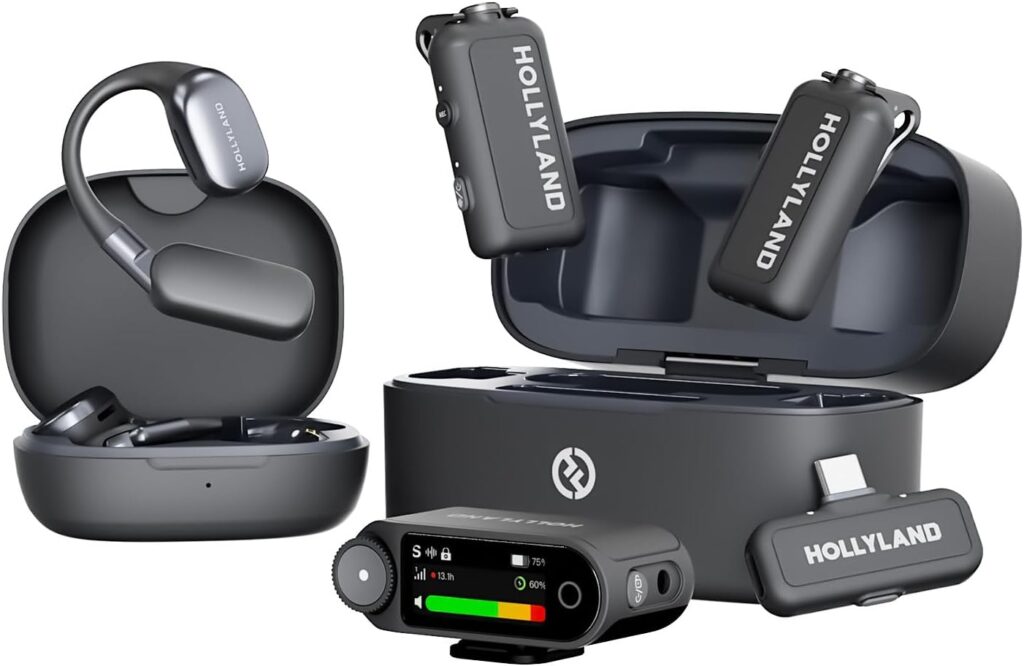
Not especially created for singing, but if you need crystal-clear wireless audio for interviews, livestreams, or behind-the-scenes vocals, the LARK MAX 2 delivers. Its 32-bit float preserves every detail, while built-in AI noise cancellation, auto gain, and timecode sync ensure top-tier quality for content creators who value clean audio and flexibility.
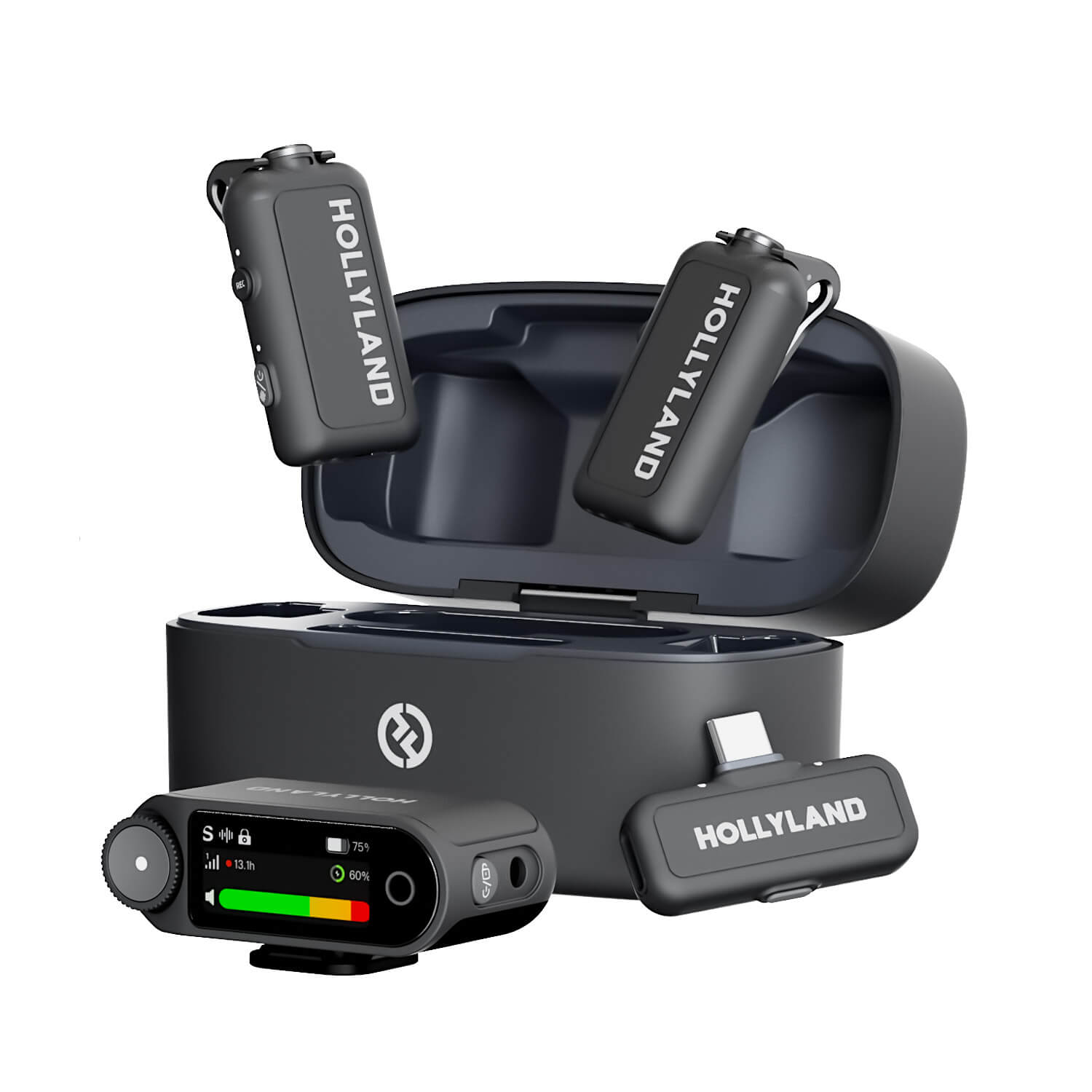
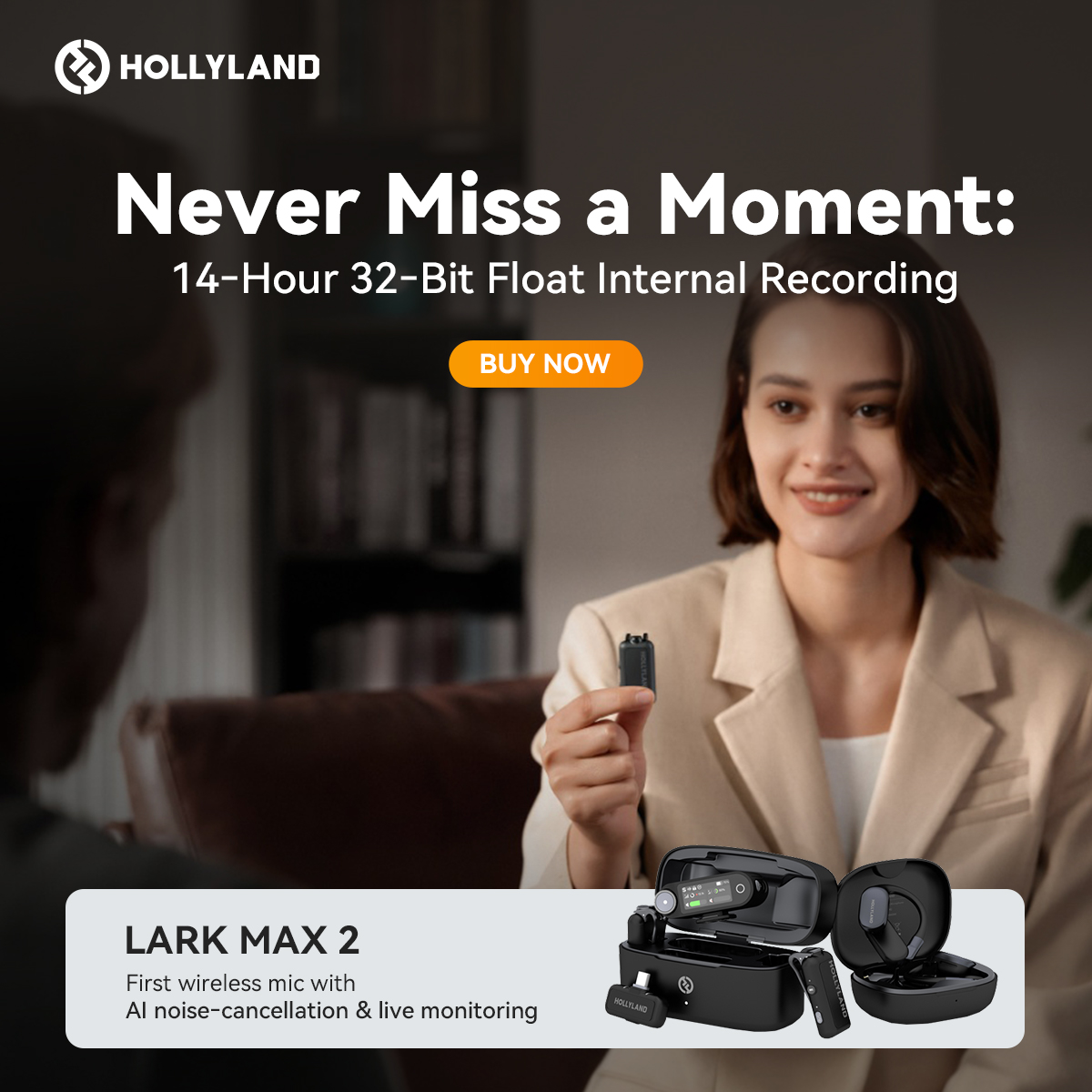
Hollyland LARK MAX 2 - Premium Wireless Microphone System
A premium wireless microphone for videographers, podcasters, and content creators to capture broadcast-quality sound.
Key Features: Wireless Audio Monitoring | 32-bit Float | Timecode
Read the full Hollyland Lark Max 2 Review for more details.
Specifications
Polar Pattern: Omnidirectional
Frequency Response: 20Hz–20kHz
Max SPL: 128dB
Connector: USB-C/3.5mm
Type: Lavalier (wireless)
Sensitivity: -37 dBV +/- 2 dBV@1 kHz, 94dB SPL
Pros:
- Can connect to up to four transmitters
- Studio‑quality audio with very low latency (~20 ms)
- Excellent AI noise control
- OLED screen display and settings
Cons:
- The charging case is slightly bulky
Suitable for: Filmmakers, vloggers, interviewers, content creators, event hosts, livestreamers, journalists
Price: $279
Conclusion
Whether you’re performing live, recording at home, or building a pro studio setup, the right microphone can elevate your vocals instantly. From dynamic workhorses to detailed condensers, these 16 options offer something for every voice and budget. Choose based on your style, setup, and needs—and let your mic do justice to your sound.
FAQ’s
Q: Can I use singing microphones with my phone or tablet?
You can, but most XLR mics require an audio interface or adapter to connect to phones or tablets. On the other hand, USB microphones or wireless systems like the Hollyland LARK MAX 2 are easier to use with mobile devices, as they offer direct USB-C or 3.5mm connectivity.
Q: What is the 3 to 1 rule for microphones?
The 3:1 rule is used to manage phase issues when using multiple mics. It says that you should place the second mic at least three times farther from the first mic than the source is from the first mic. For example, if the first mic is 1 foot from the singer, the second should be 3 feet away.
Q: Why does the polar pattern matter for vocals?
Polar pattern affects how a mic picks up sound. Cardioid focuses on sound in front, ideal for isolating vocals. Supercardioid and hypercardioid microphones reject more side noise, making them useful for loud stages. Omnidirectional picks up everything equally, which isn’t ideal for vocals unless you’re in a very controlled environment.
Q: Can I use the same mic for both singing and instruments?
Often yes. Many condenser mics, like the AKG C214 or Aston Origin, work well for both vocals and instruments. Just ensure the mic is positioned correctly and adjust any pads or filters if you’re recording loud sources, such as drums or amps.
Q: What is phantom power, and do I need it?
Phantom power is 48 volts supplied through XLR cables to power condenser microphones. If you’re using a condenser mic, you’ll need phantom power from your audio interface or mixer. However, dynamic mics like the Shure SM58 or SM7B don’t need it.
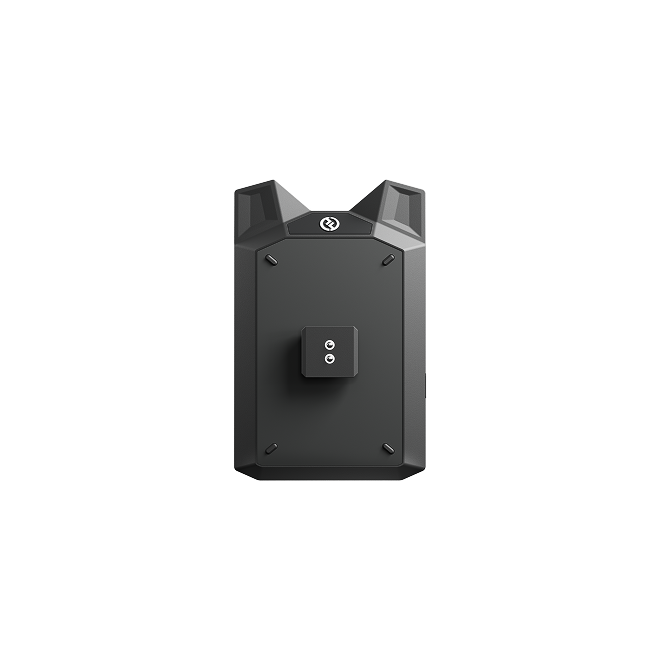

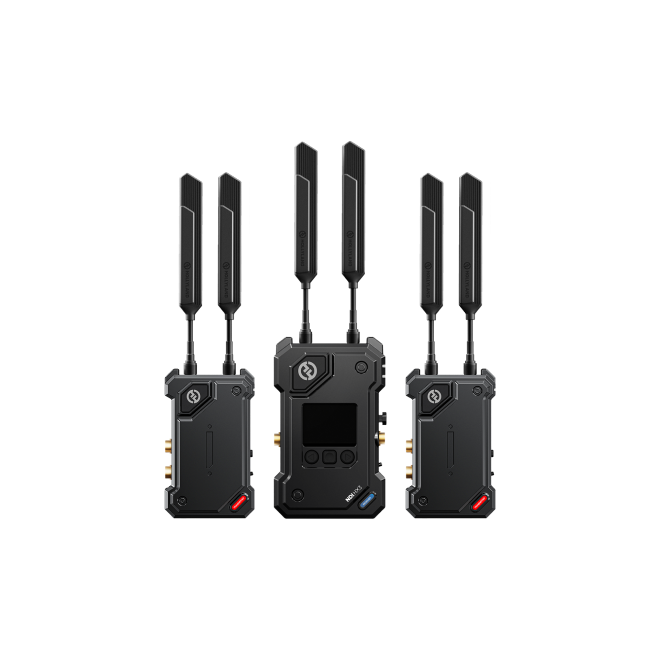
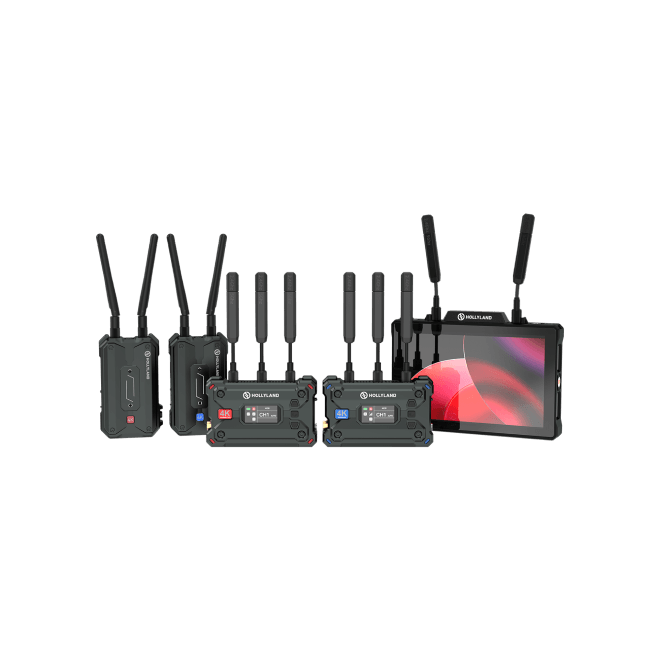
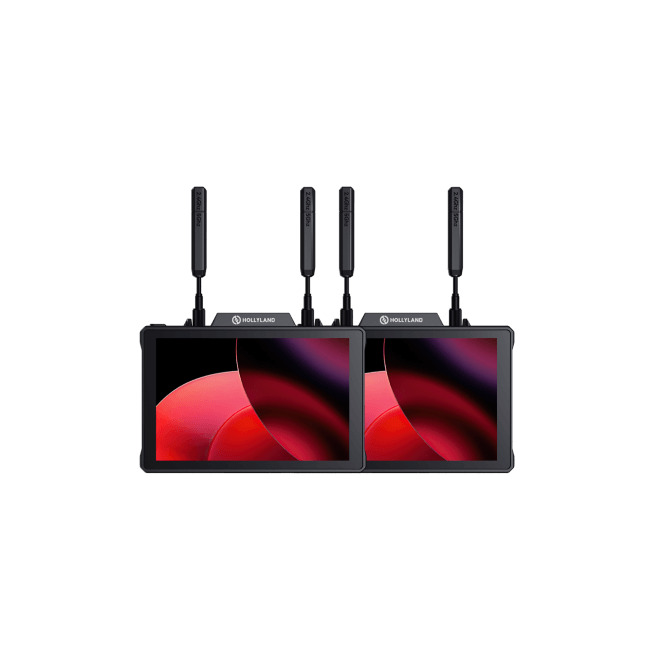
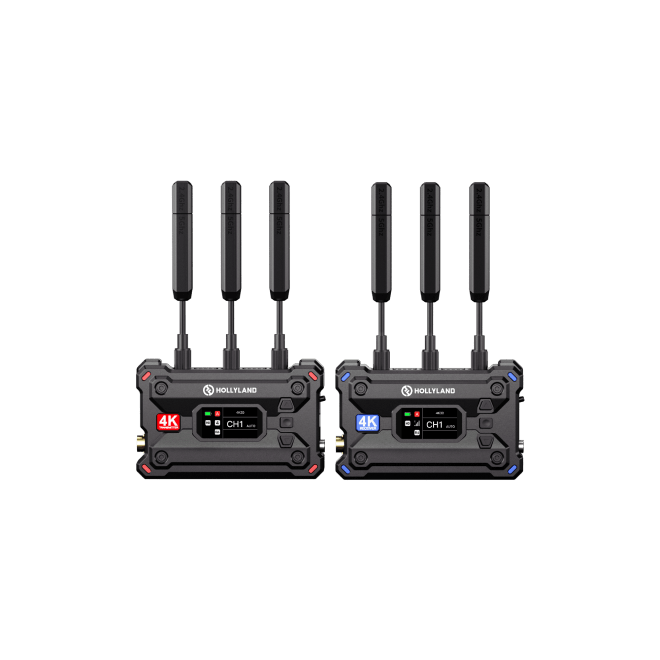
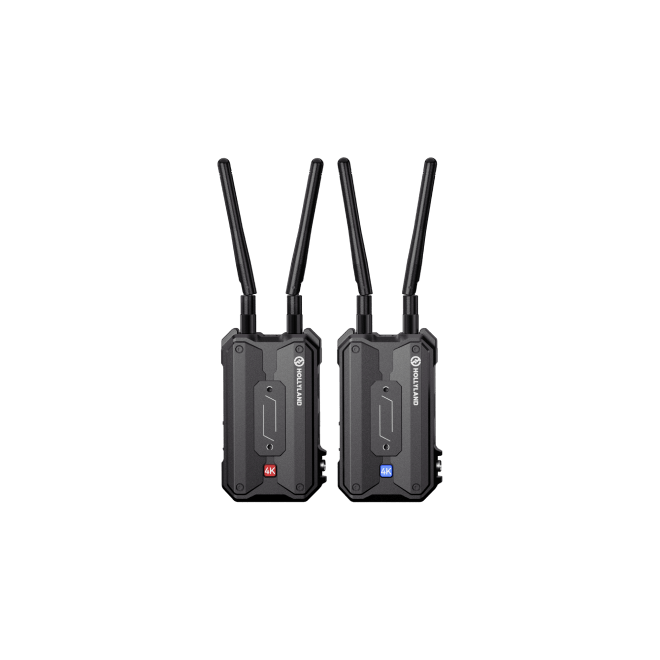
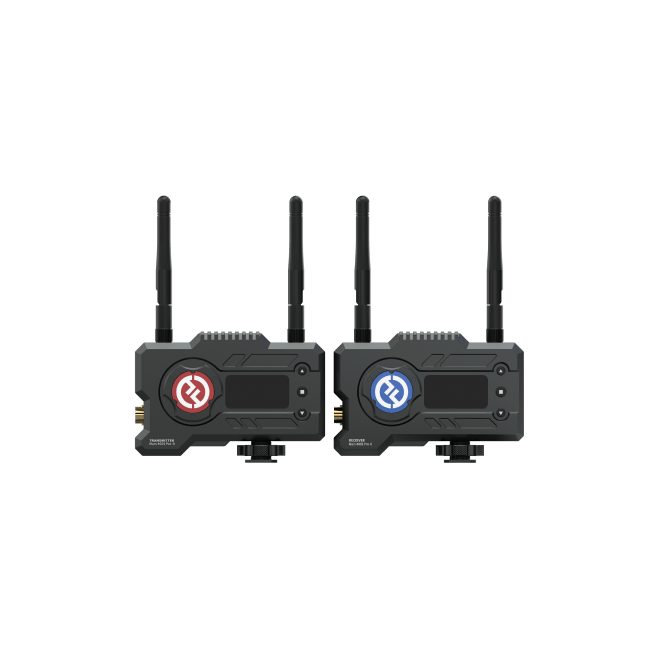
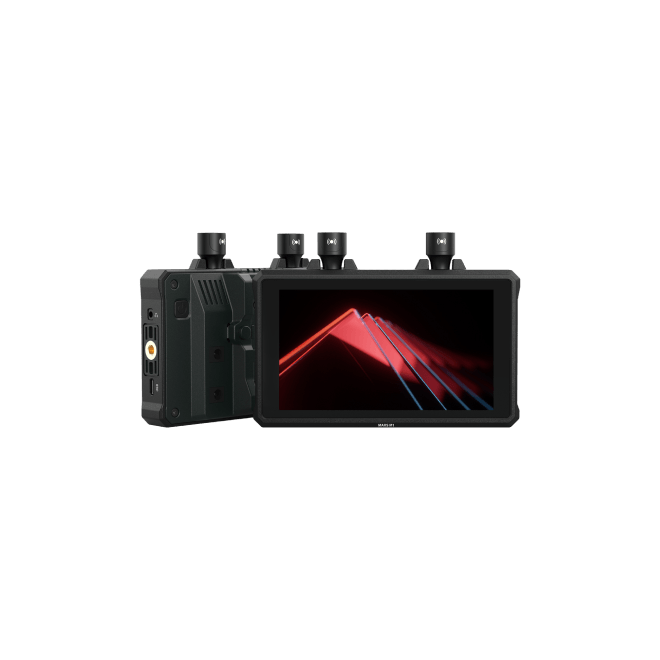
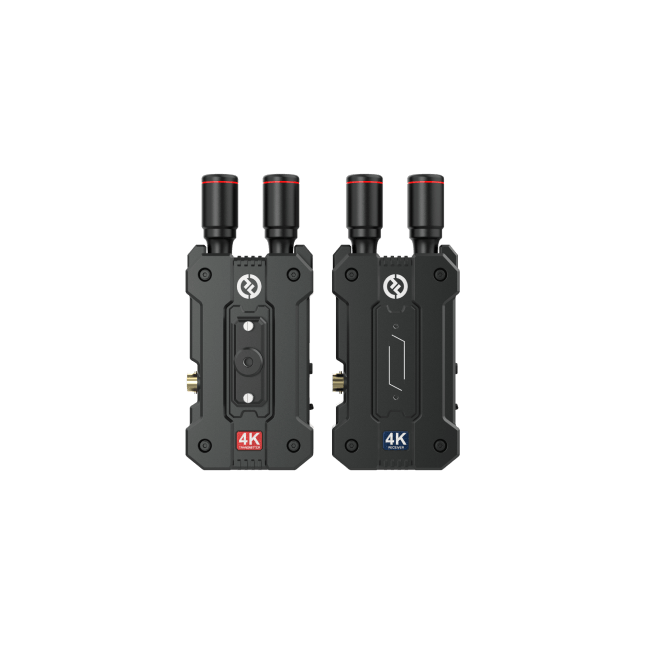
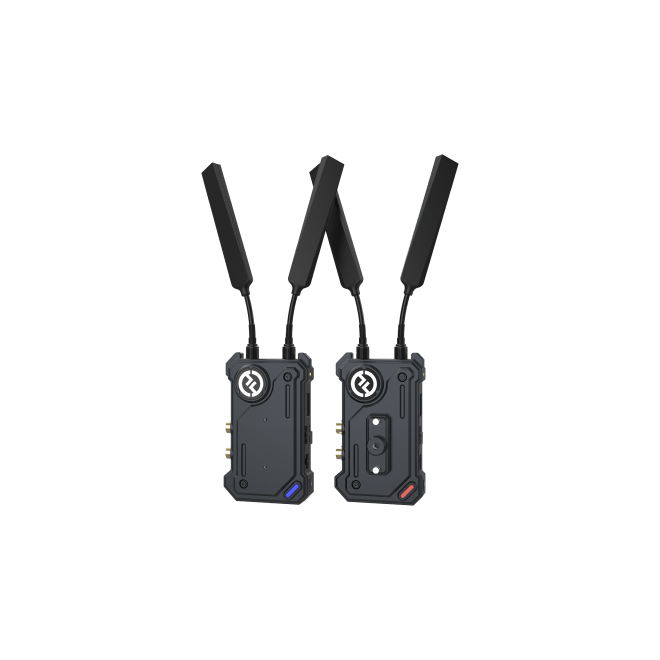

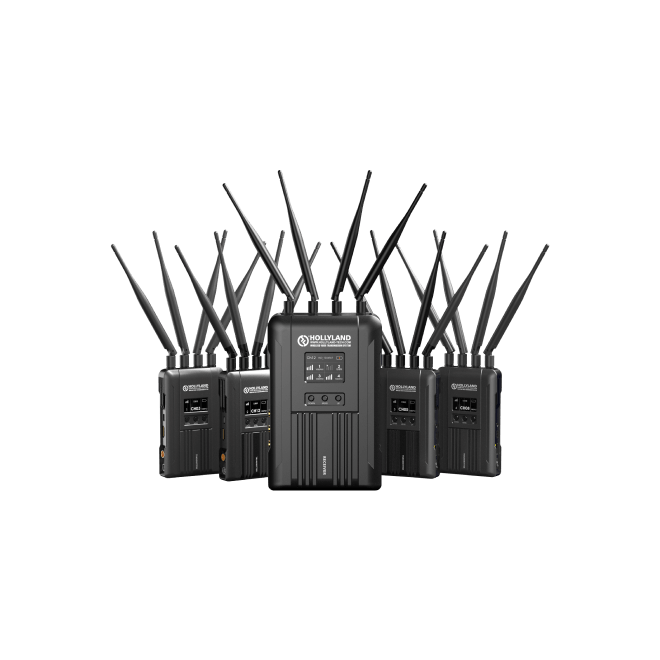
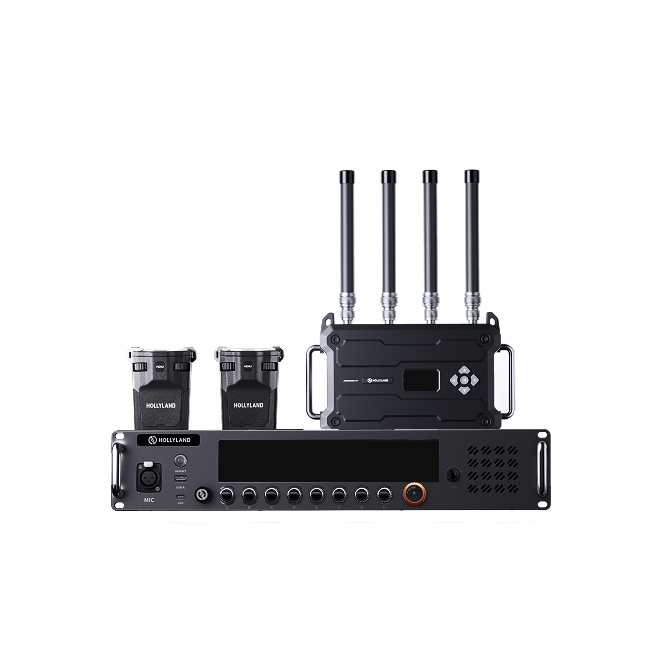

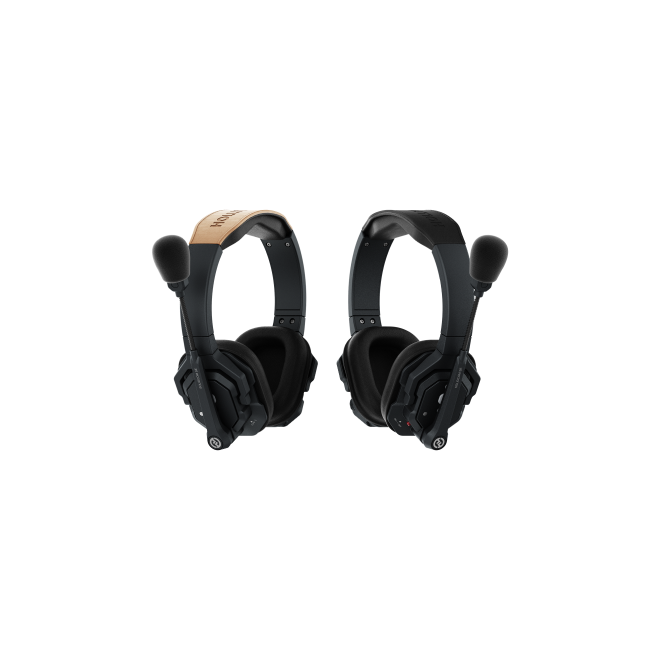

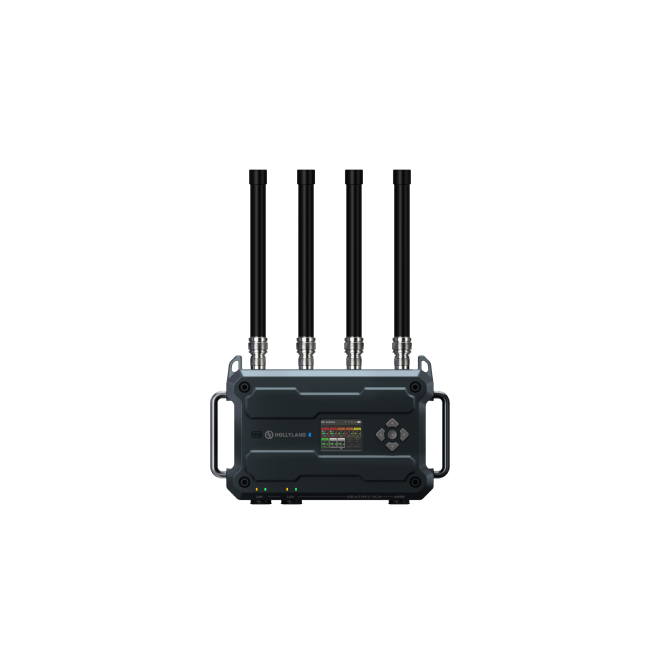
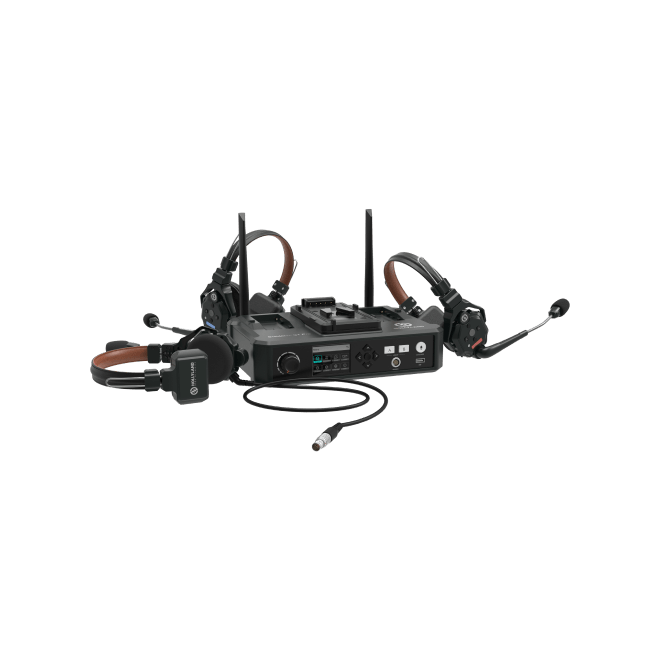
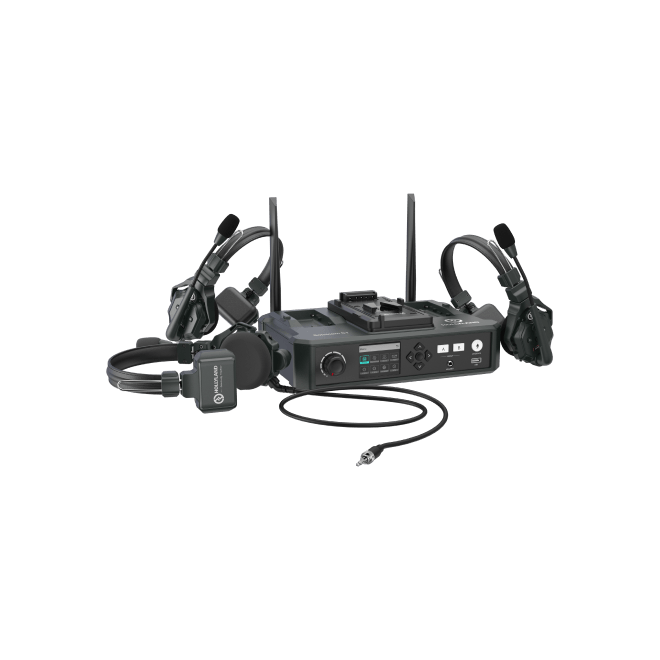
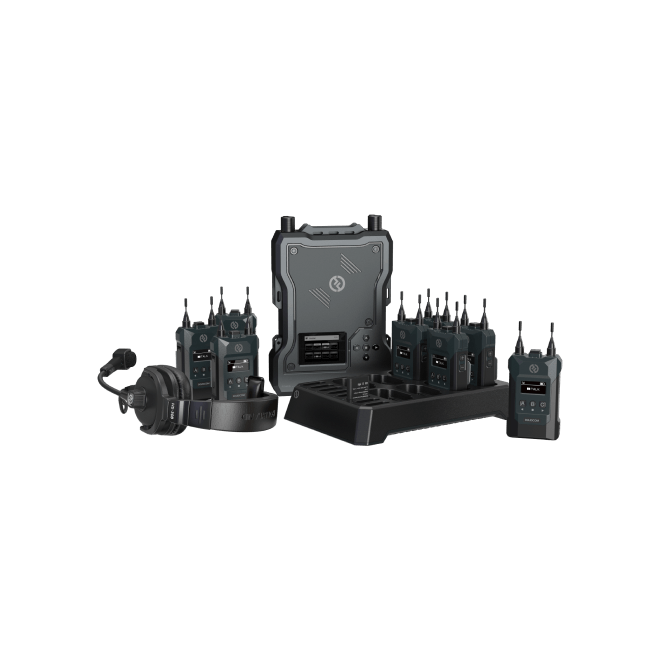
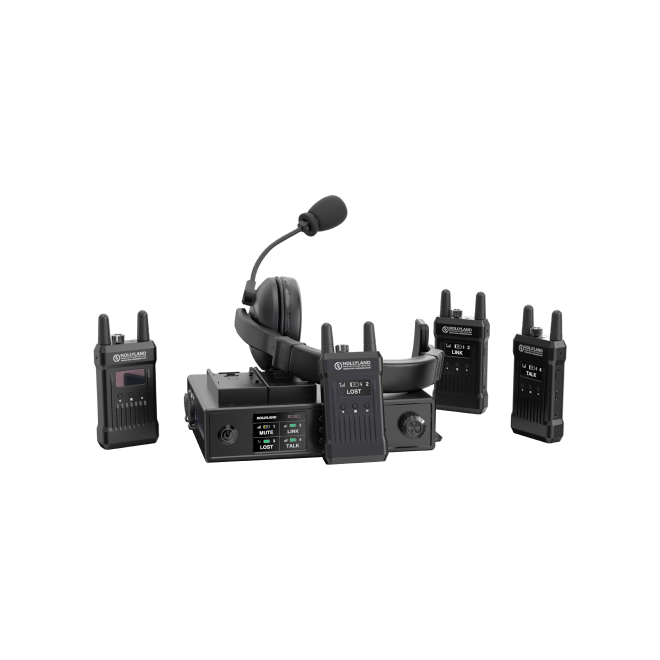
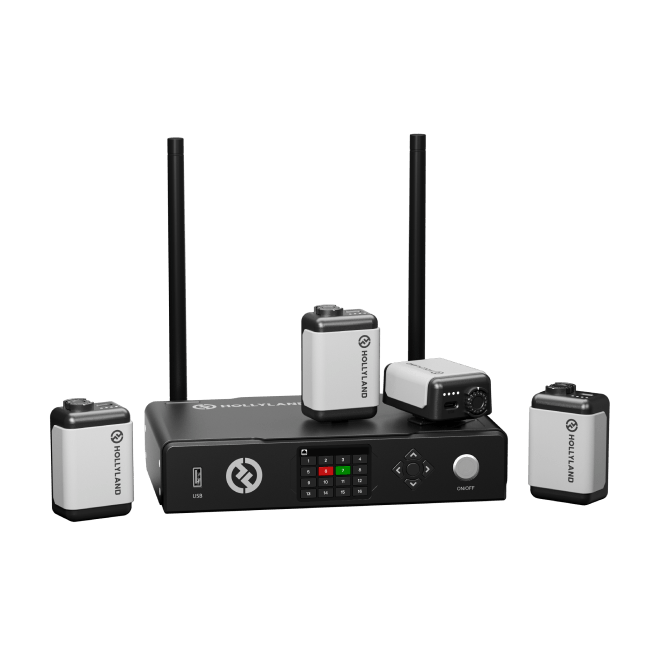
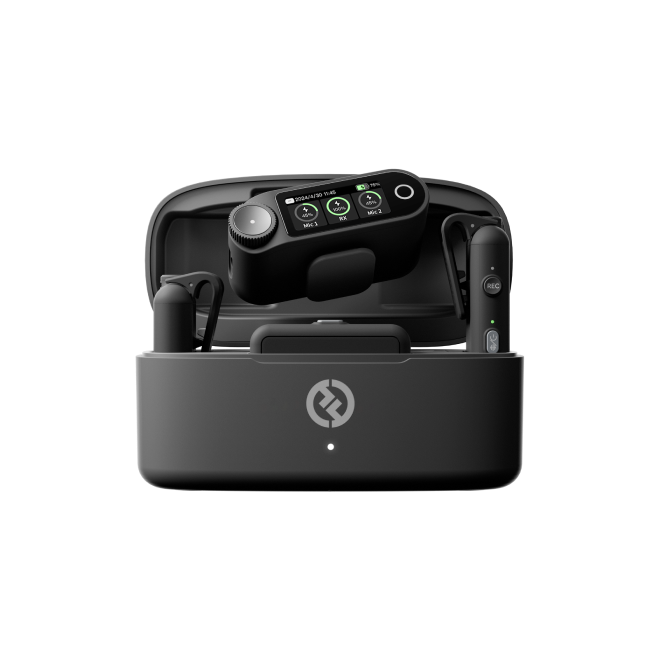
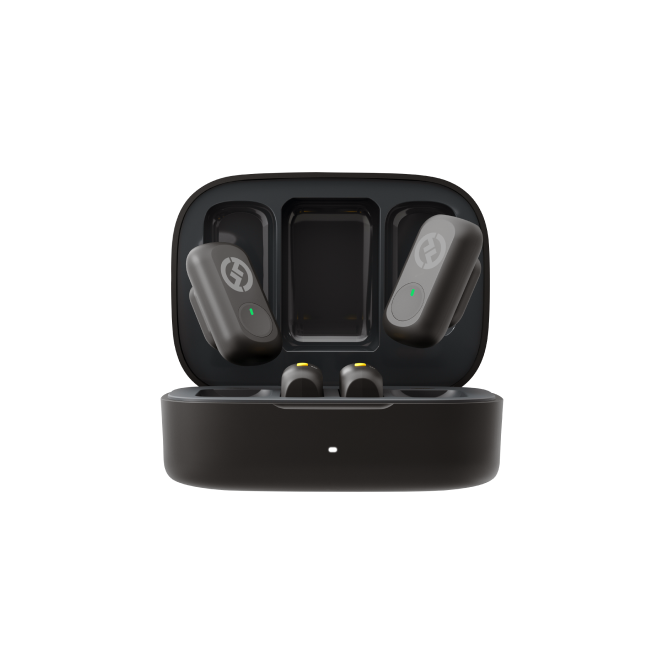

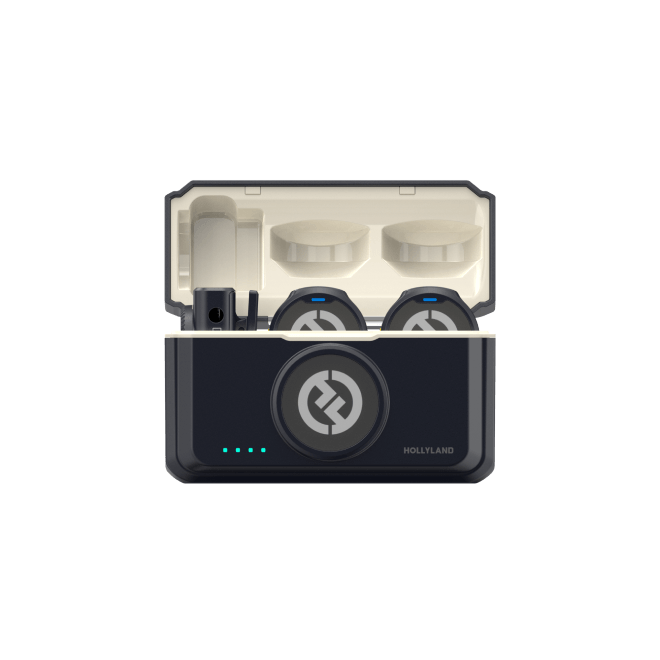
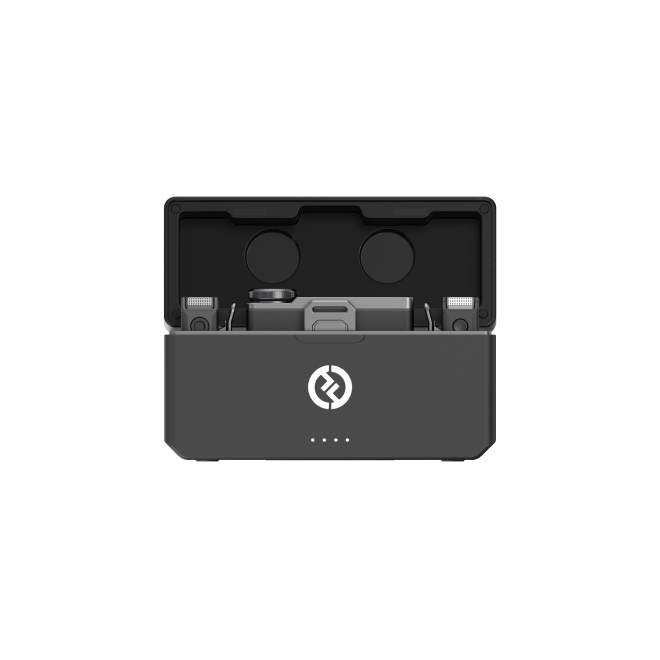
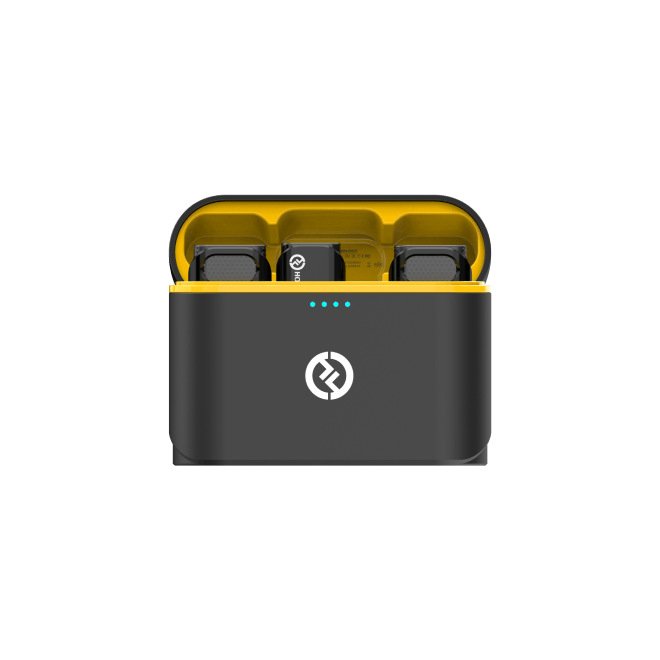
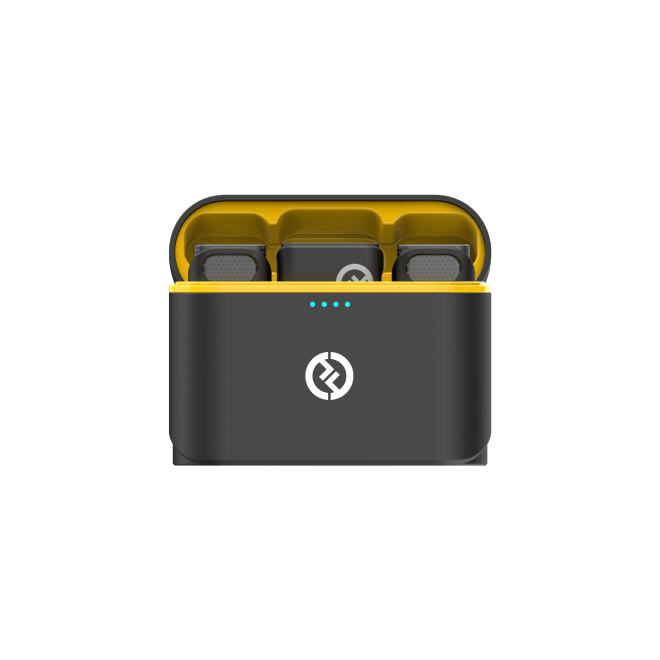
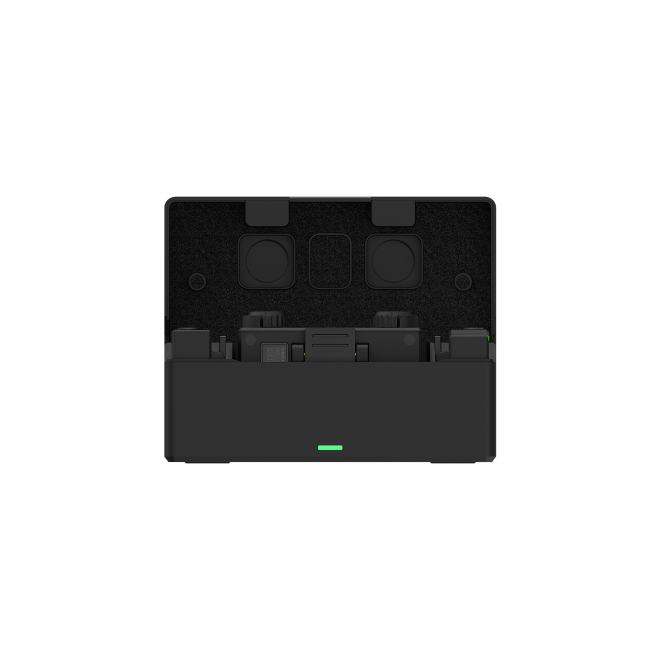

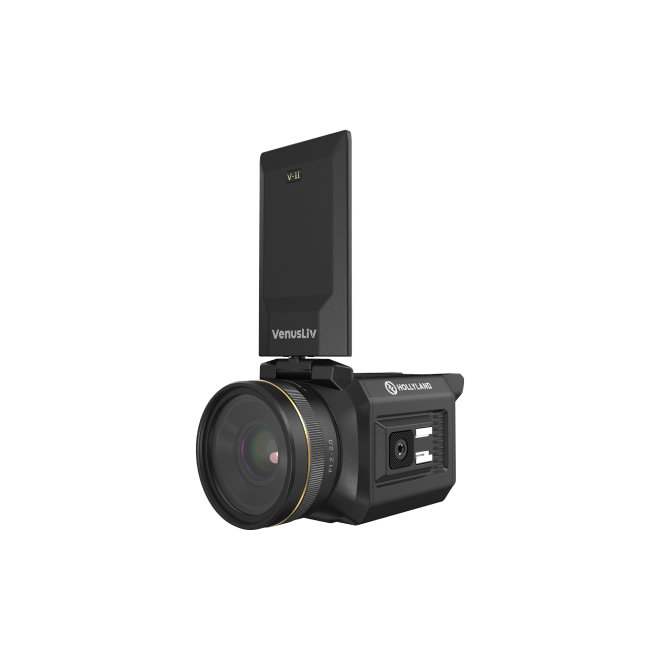
.png)

